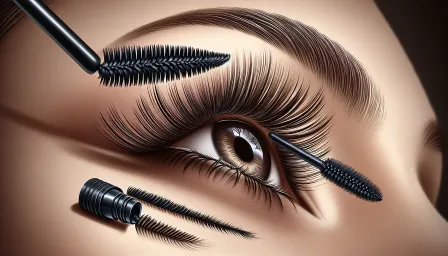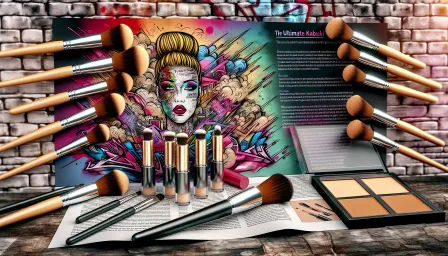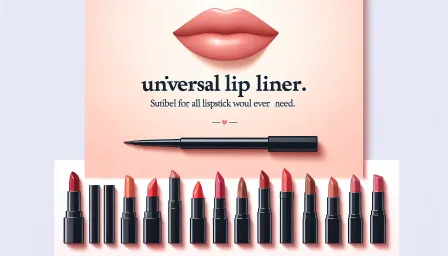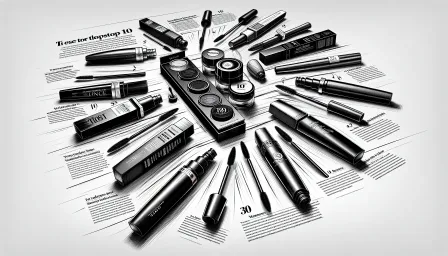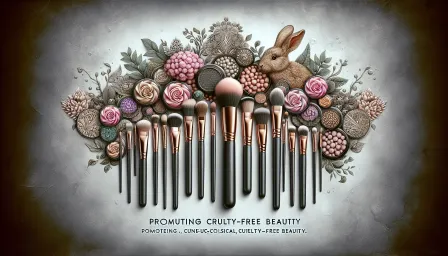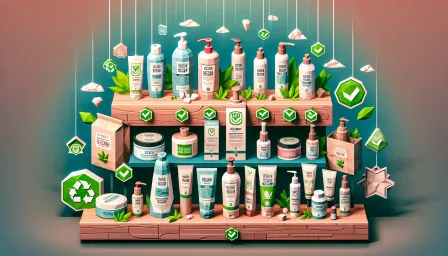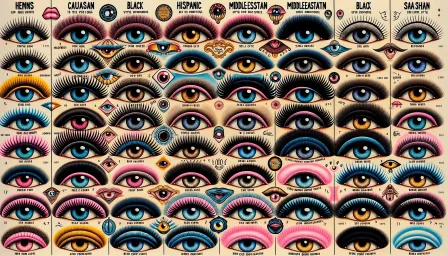Exploring Modern Beauty Standards and Natural Beauty Movements
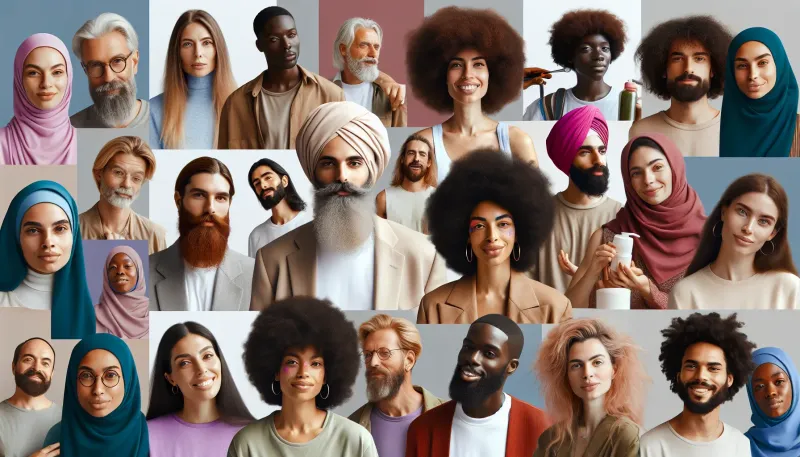
Exploring Modern Beauty Standards and Natural Beauty Movements. Discover the evolving landscape of beauty ideals and the rise of natural beauty trends.
Beauty standards have evolved significantly over the decades, continuously reshaping societal norms around what is deemed attractive. At the same time, there has been a notable rise in natural beauty movements that challenge these conventional ideals. This article delves into modern beauty standards, the growing appreciation for natural beauty, and what this shift means for individuals today.
Understanding Modern Beauty Standards
Modern beauty standards often reflect a complex intersection of media influence, cultural values, and societal expectations. Historically, these standards have fluctuated, sometimes valuing thinness and other times prioritizing curves. Despite these shifts, one constant remains: the immense pressure placed on individuals to conform to these ideals.
The Role of Media and Social Media
Traditional media, such as television and magazines, have long been powerful forces in shaping beauty ideals. These platforms often promote a narrow definition of beauty, privileging certain body types, skin tones, and facial features. In recent years, social media has amplified this influence, often distorting beauty expectations through filters and editing apps.
Platforms like Instagram and TikTok are rife with images that emphasize perfection, further complicating how beauty standards are internalized by viewers. While these platforms have democratized beauty to some extent by allowing more diverse representations, the pressure to present an idealized self remains significant.
Cultural and Historical Perspectives
Cultural factors also play a crucial role in shaping beauty standards. Different cultures have unique beauty ideals that reflect their specific values and historical contexts. For example, in some African cultures, fuller figures are traditionally seen as a symbol of health and prosperity, whereas Western media has often idealized slimmer body types.
Historical changes in beauty trends can also offer insight. For instance, the voluptuous figures admired in Renaissance art contrast starkly with the more recent celebration of athletic and toned bodies. Understanding these contexts helps to appreciate the fluid nature of beauty standards.
The Rise of Natural Beauty Movements
In contrast to rigid beauty norms, natural beauty movements encourage authenticity and self-acceptance. These movements advocate for minimizing the use of makeup and cosmetic procedures, promoting a more authentic version of oneself.
The Influence of Body Positivity
The body positivity movement has been instrumental in encouraging acceptance and appreciation of all body types. It seeks to dismantle harmful stereotypes and promote a healthier and more inclusive definition of beauty. By championing self-love and body acceptance, this movement has inspired many to reject unrealistic beauty standards.
Embracing Natural Hair and Skincare
A significant aspect of the natural beauty movement is the embrace of natural hair textures and skincare routines. Movements like the Natural Hair Movement empower individuals, particularly women of color, to celebrate their natural hair. Similarly, the trend towards clean and minimal skincare emphasizes health over perfection.
Minimalism in Makeup
Many people are now adopting a minimalist approach to makeup, focusing on enhancing natural features rather than masking perceived flaws. This shift represents a broader societal move towards authenticity and simplicity, encouraging individuals to appreciate their natural beauty.
Implications and Future Trends
The ongoing shift towards natural beauty and the reevaluation of beauty standards have broader implications for society. Greater acceptance and diverse representations can significantly impact mental health, reducing the pressures to conform to unrealistic ideals.
Impact on Mental Health
The pressure to adhere to beauty standards has been linked to various mental health issues, including anxiety, depression, and body dysmorphia. As the natural beauty movement gains traction, fostering a culture of acceptance can contribute to improved self-esteem and mental well-being.
Shaping Future Generations
Instilling values of self-acceptance and diversity from a young age can lay a foundation for future generations to grow up with healthier attitudes towards beauty. Educational initiatives that promote these values can help dismantle harmful stereotypes and cultivate a more inclusive society.
Conclusion
The evolution of beauty standards and the rise of natural beauty movements signify a transformative shift in societal values. By challenging traditional norms and embracing authenticity, these movements offer a more inclusive and empowering definition of beauty. As we continue to navigate these changes, the emphasis on self-acceptance and diversity promises a healthier and more compassionate outlook on beauty.
Ultimately, the future of beauty lies in celebrating individual uniqueness and fostering a culture that values authenticity over conformity. By embracing these principles, we can create a society that acknowledges and appreciates the diverse expressions of beauty that exist within it.




